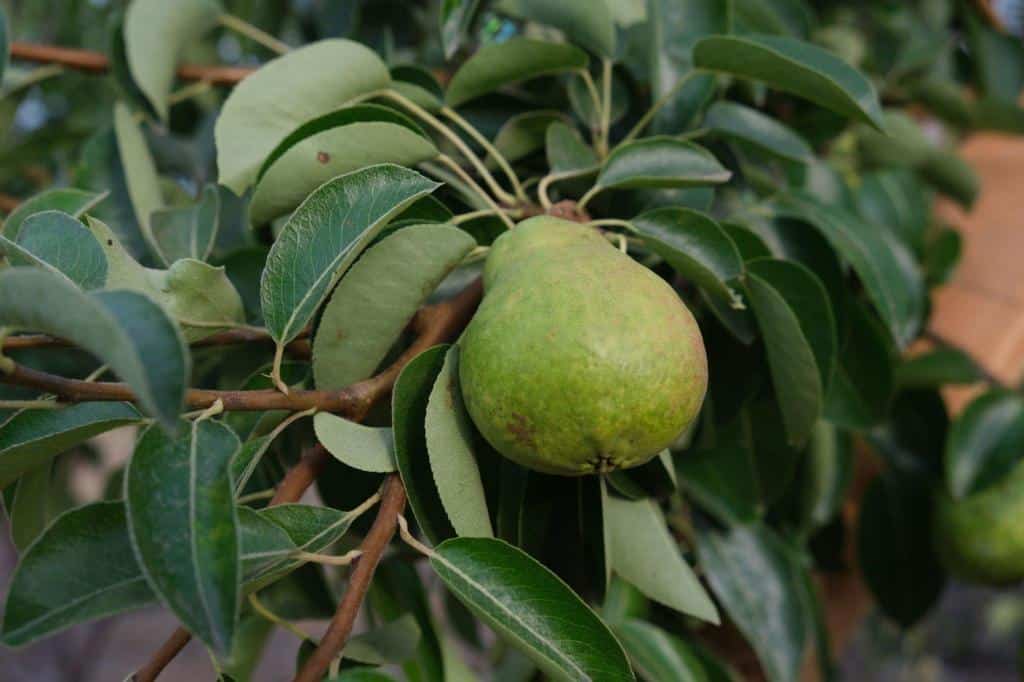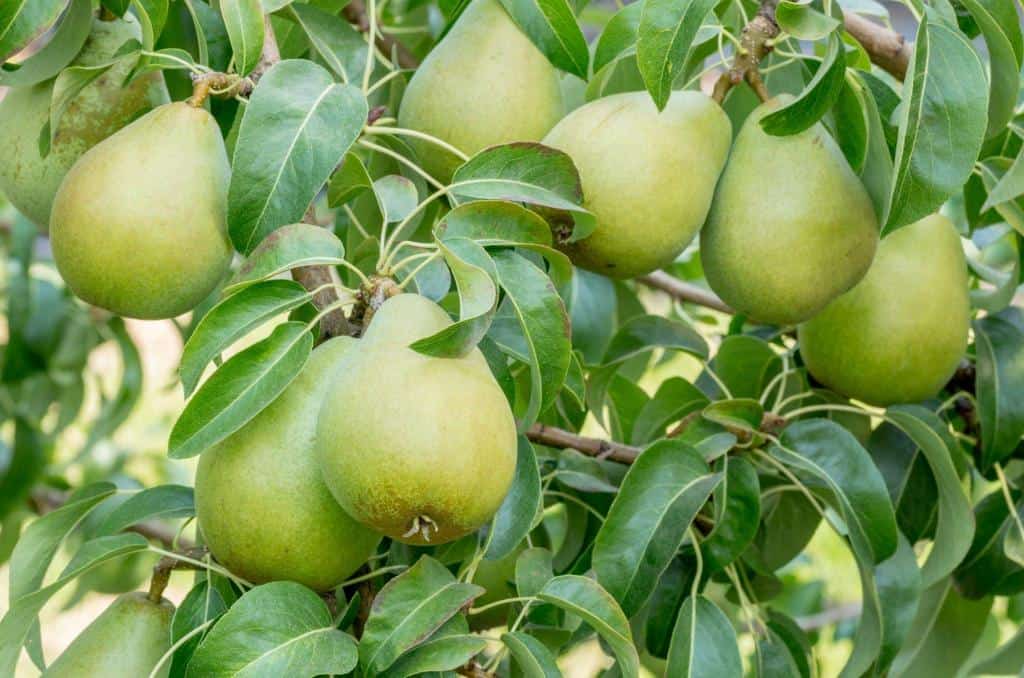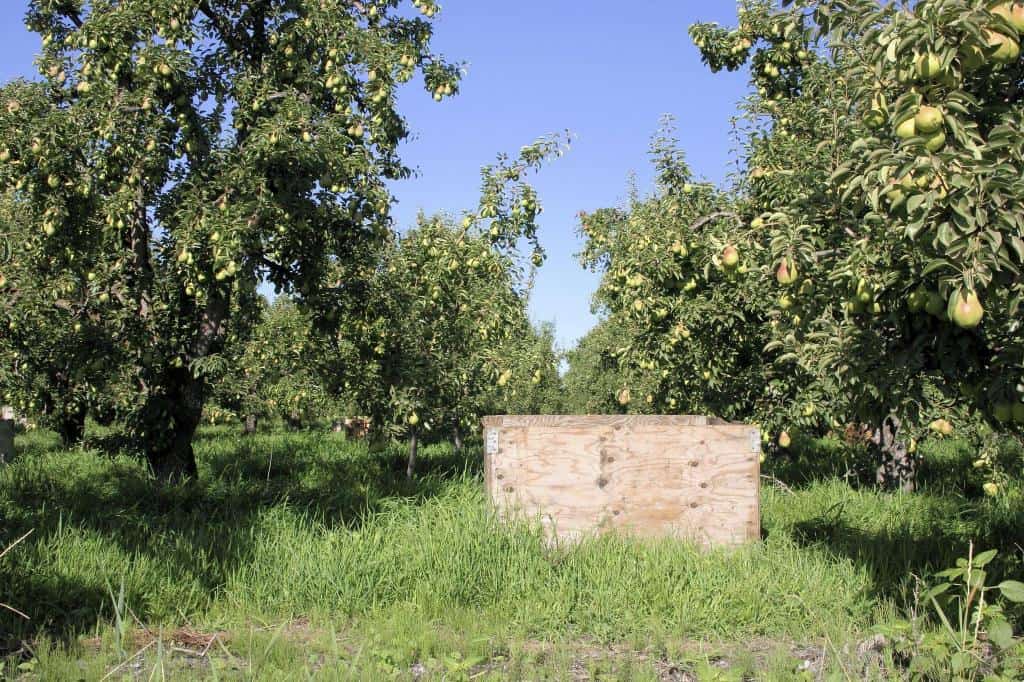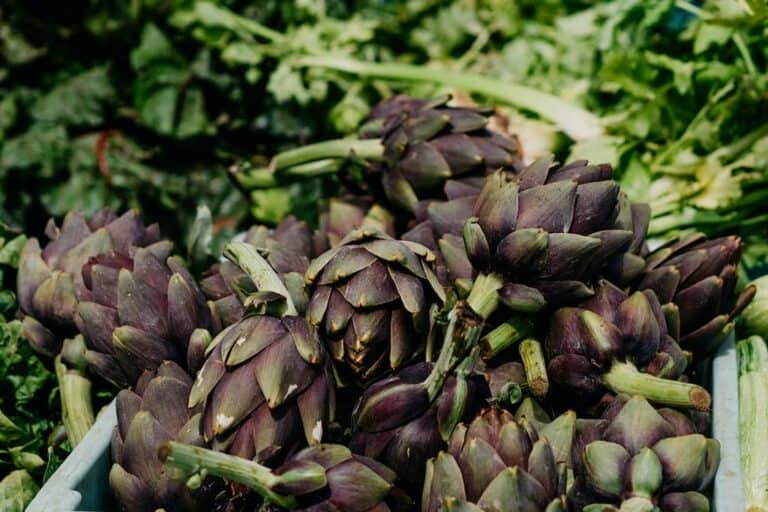Are Bartlett Pears Self Pollinating? How to Hand-Pollinate Bartlett Pears Plant

Bartlett pears, with their succulent sweetness, are a delight to the palate. As I stood amidst the blossoming trees, the question echoed: Are Bartlett pears self-pollinating? I became interested in pollination and learned about the relationship these pears have with the breeze and bees.
Bartlett pears are partially self-fruitful, which means they can produce some fruit on their own. However, they will produce better and more consistent crops when cross-pollinated with another pear tree that blooms at the same time.
This guide is a testament to the awesomeness of Bartlett pear cultivation, where I unravel the secrets of their pollination habits and unveil the artistry of hand-pollination.
Join me on this journey as we explore the orchard’s heartbeat, understanding the delicate balance between self-sufficiency and the gardener’s gentle touch. By the end, you’ll be armed with the wisdom to coax the best from your Bartlett pear trees, turning your orchard into a haven of sweet abundance. Let the orchard adventure begin!
Understanding Bartlett Pears

Bartlett pear trees, known scientifically as Pyrus communis, exhibit distinctive characteristics that set them apart in the world of fruit cultivation. These deciduous trees boast a moderate size, typically reaching 15 to 20 feet in height, with a rounded canopy that provides ample shade. Their glossy, ovate leaves add an ornamental touch to any orchard, transitioning through vibrant hues in autumn.
The Bartlett pear itself is renowned for its bell-like shape and smooth, yellow-green skin that ripens to a warm, buttery yellow. Its fine, white, and buttery-textured flesh exudes a sweet aroma, making it a favored choice for fresh consumption, canning, and culinary creations. Notably, Bartlett pears are known for their sensitivity to ripening and color changes, requiring careful monitoring to harvest at peak flavor and texture.
In the broader context of fruit cultivation, Bartlett pears play a pivotal role. Their popularity is not merely a result of their delectable taste but also stems from their versatility. Whether enjoyed fresh, sliced into salads, or transformed into preserves, Bartlett pears enrich the culinary landscape while contributing to the diversity of orchards and home gardens alike.
Are Bartlett Pears Self-Pollinating?
Bartlett pears are not self-pollinating; they rely on cross-pollination with another compatible variety of pear tree to set fruit. Unlike some solitary self-pollinating trees, Bartletts thrive when the pollen from one tree meets the blossoms of another.
The best fruit production is the result of this collaboration, which the wind or buzzing allies like bees facilitate.This means that in order to ensure bountiful harvests, it’s essential to plant at least two different varieties of pear trees within close proximity.
For those who find themselves limited by space or want to maximize their yields, fear not—hand-pollination can come to the rescue. By transferring pollen from one flower to another using a paintbrush or cotton swab, gardeners can take matters into their own hands and help their Bartlett pear trees produce an abundance of delicious fruit.
This proactive approach not only ensures successful pollination but also empowers growers to take an active role in the success of their orchards.
What Pear Trees Are Compatible for Cross-Pollination With Bartlett Pears?

Bartlett pears flourish when paired with compatible pollinators. Cross-pollination involves the transfer of pollen between different pear tree varieties, ensuring a more robust fruit set. To maximize your harvest, consider planting these compatible varieties alongside Bartlett pears.
Noteworthy Cross-Pollinators for Bartlett Pears:
Here are some pear tree varieties known to be excellent cross-pollinators for Bartletts:
| Pear Variety | Pollination Compatibility |
| Bosc | Excellent |
| D’Anjou | Excellent |
| Conference | Good |
| Moonglow | Good |
How to Hand-Pollinate Bartlett Pears Plant
1. Why Hand-Pollinate?
Hand-pollination is a meticulous process that allows you to take control of the pollination dynamics in your orchard. It ensures that the right pollen reaches the right blossoms, fostering a more robust fruit set.
Hand-pollination techniques for Bartlett pears can be a game-changer for growers like you if you are looking to optimize yield. With the realization that Bartlett pears are not self-pollinating, hand pollination becomes a crucial step in ensuring a bountiful harvest.
By delicately transferring pollen from one flower to another using a small brush or cotton swab, gardeners can simulate the natural process of pollination and improve fruit set. This method empowers growers to take control of the pollination process, particularly in cases where there may be insufficient bee activity or unfavorable weather conditions.
2. Tools of the Trade:
Here’s a quick checklist for hand-pollination:
- Soft-bristle paintbrush
- Latex gloves
- Small container for collecting pollen
- Time and patience
3. When to Hand-Pollinate:
Timing is crucial. Perform hand-pollination when the pear tree blossoms are receptive, typically during the flowering season in early spring. The blossoms should be open, exposing the stigmas for successful pollination.
4. Step-by-Step Guide:
Step 1. Collecting Pollen:
- Choose a tree with mature, open blossoms.
- Gently tap a branch to release pollen into your container.
Step 2. Applying Pollen:
- Identify blossoms on a different tree that are ready for pollination.
- Using the paintbrush, transfer pollen to the stigmas.
Step 3. Repeat the Process:
- Cover multiple blossoms to maximize the chances of successful pollination.
Step 4. Observe and Patience:
- Monitor the progress of the pollinated blossoms and wait for the magic to happen.
| See also: Do Meyer Lemons pollinate themselves? How to Hand-Pollinate Meyer Lemons Plant |
Benefits of Hand-Pollination of Bartlett Pears Trees
Hand-pollination offers several advantages for Bartlett pear trees:
- Increased Fruit Set: Ensures a higher percentage of flowers develop into fruit.
- Control Over Pollination: Allows growers to control and optimize the pollination process.
- Consistent Harvest: Minimizes the impact of external factors on pollination success.
Common Hand-Pollination Mistakes to Avoid
Avoid these common pitfalls for a successful hand-pollination process:
1. Using Contaminated Pollen
- Check for Debris: Before collecting pollen, inspect the anthers for any debris or foreign particles.
- Select Clean Flowers: Choose flowers that are free from pests, diseases, or other contaminants.
2. Overdoing It
- Moderation is Key: Use a gentle touch during the pollination process to avoid overwhelming the flowers.
- Observe Flower Response: Monitor the flowers for signs of stress or damage; adjust the pollination technique accordingly.
3. Timing Mistakes
- Late or Early Pollination: Ensure you pollinate during the peak blooming period to maximize the chances of successful fertilization.
- Inconsistent Pollination: Be consistent in your efforts, ensuring each flower receives adequate attention for uniform fruit development.
4. Ignoring Weather Conditions
- Avoid Windy Days: Choose calm days for hand-pollination to prevent the inadvertent dispersal of pollen.
- Consider Temperature: Extreme temperatures can impact the success of hand-pollination; choose favorable days for the process.
5. Lack of Variety
- Diversify Pollen Sources: Use pollen from multiple compatible varieties to enhance genetic diversity.
- Monoculture Risks: Relying solely on one source of pollen can limit genetic variation, potentially impacting the tree’s resilience. This can be happen in modern farming or monoculture, where only single variety is available
By steering clear of these mistakes and adopting careful, informed practices, growers can optimize the hand-pollination process for Bartlett pear trees, ensuring a healthy and prolific harvest.
Conclusion: Ensuring Successful Bartlett Pear Pollination
In conclusion, ensuring successful Bartlett pear pollination is crucial for a bountiful harvest. By understanding the role of pollinators and implementing hand-pollination techniques when necessary, growers can significantly increase their chances of a successful yield.
It’s important to create an environment that attracts and supports pollinators, such as bees and other helpful insects, by planting companion flowers and providing ample nesting sites.
Furthermore, proactive pest management can also contribute to successful pollination by preventing damage to the blossoms and attracting beneficial insects. Additionally, timing is key – being mindful of the blooming period and having a good understanding of the flowering habits of Bartlett pears are essential in ensuring that pollen is readily available when needed.
Taking these factors into account will ultimately lead to increased fruit set and overall success in cultivating flourishing Bartlett pear trees.
FAQs
Can I rely on natural pollination for Bartlett pears?
While natural pollination can occur, it’s advisable to assist the process. Hand-pollination increases the likelihood of successful fertilization, ensuring a more abundant harvest.
How do I hand-pollinate Bartlett pears?
Hand-pollination involves transferring pollen from the male to the female flower. Use a small brush or cotton swab to gently collect and transfer pollen between flowers during the blooming period.
What happens if Bartlett pears aren’t properly pollinated?
Inadequate pollination can lead to poor fruit development or no fruit at all. Hand-pollination helps overcome this issue, ensuring a higher percentage of viable seeds and ultimately a more fruitful harvest.
Do all pear trees require cross-pollination?
Not all pear trees require cross-pollination, but Bartlett pears do. Cross-pollination enhances fertilization, leading to more robust fruit development. Understanding the specific pollination requirements of each pear variety is crucial for successful cultivation.
Are there specific environmental conditions crucial for Bartlett pear pollination?
Are there specific environmental conditions crucial for Bartlett pear pollination?






